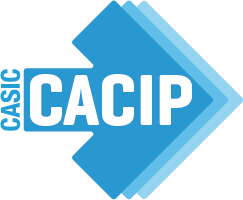Our goal is to prove that industrial development is compatible with protection of the environment, and can indeed be one of its key mainstays.
Our dream is to be the architects of an innovative and sustainable future.
The Consortium intends to use the energy that the industrial park is and will be able to generate in order to reach the goal of sustainable energy production for the companies located within the park and for other energy-intensive companies that may pick Macchiareddu as the site for their operations, to boost sustainability and environmental protection.
Renewable energy
The Consortium has launched a project to supply green hydrogen to the companies located in the Macchiareddu park, starting from an initial mixture with Liquefied Natural Gas (LNG) with a steadily increasing share of H2. The goal is to gradually convert the energy supply systems of the companies located in Macchiareddu from the fuel oil currently used to green hydrogen from renewable energy sources (RES).
The National Recovery and Resilience Plan (RRP) introduces a set of procedural and financial measures to reduce the cost of producing green hydrogen. This includes assigning a key role to “hydrogen valleys”, i.e. clusters which have both renewable energy sources for hydrogen production and energy-intensive industrial operations, typical of industrial parks such as CACIP.
Due to its geographical location, the Consortium meets all the requirements to become a hydrogen production site, even beyond its territory.
read more ➔
Waste-to-Energy
The dried fraction of municipal and industrial solid waste – often destined for landfill – is transformed into electricity through the waste-to-energy process, making the entire Environmental Platform energy self-sufficient and enabling the feeding of surplus energy into the national grid.
CACIP’s dedication to the territory and the community and to protecting the environment has also led to the revamping of two of the three lines of the Consortium’s waste-to-energy plant in Macchiareddu.
This upgrade aims to reduce emissions in line with the targets of the Integrated Environmental Authorization and to increase the plant’s incineration and electricity generation capacity.
read more ➔
Composting
We are constructing a new line for processing municipal solid organic waste and garden waste to improve our treatment capacity, with 50,000 t/year of organic waste input. This line will be flanked by the production of biogas and electricity and the reduction of emissions towards zero, in line with the final design and the Integrated Environmental Authorization (IEA).







